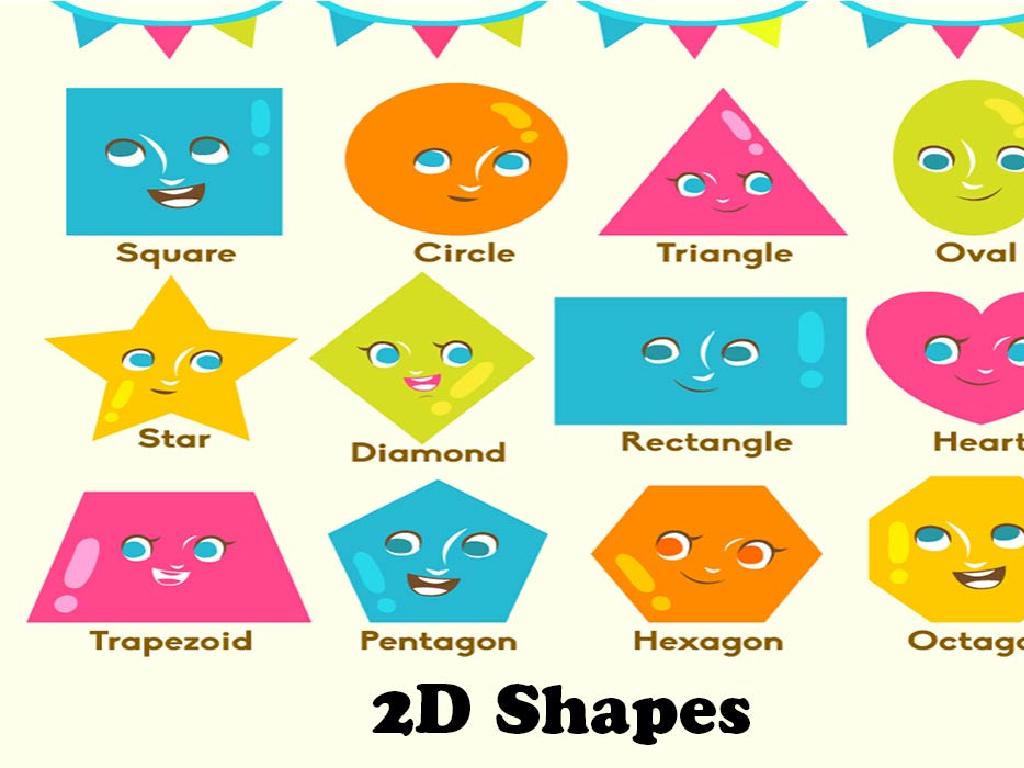Africa: 1100-1980 C.E.
Subject: Arts and humanities
Grade: High school
Topic: Ap /College Art History
Please LOG IN to download the presentation. Access is available to registered users only.
View More Content
Introduction to African Art: 1100-1980 C.E.
– African Art: A historical perspective
– Explore art from medieval to modern Africa
– Cultural significance in African history
– Art intertwines with daily life, rituals, and social structures
– Art as a reflection of life and beliefs
– Understand how art represents spirituality, hierarchy, and values
– Learning objectives for today
|
This slide introduces students to the rich and diverse history of African art from 1100 to 1980 C.E. It aims to provide a foundation for understanding how art in Africa is not just aesthetic but deeply rooted in the continent’s cultural, religious, and social fabric. Students will learn how African art reflects the beliefs, values, and hierarchies of different societies throughout history. The lesson will cover various forms of art, including sculpture, painting, and textiles, and discuss their significance in contexts such as rituals, community life, and expressions of power and spirituality. By the end of today’s lesson, students should be able to recognize the importance of context in African art and begin to appreciate its influence on contemporary art forms.
African Art Styles and Geographical Influence
– Regions of Africa and art styles
– North: Islamic influences, West: Masks and textiles, Central: Wood sculptures, East: Beadwork, South: Rock art
– Geography’s impact on art
– Terrain, climate, and resources shape artistic materials and themes
– Art examples from five regions
– North: Moroccan tiles, West: Yoruba masks, Central: Kuba textiles, East: Maasai jewelry, South: San cave paintings
– Diversity in African art
|
This slide aims to provide an overview of the diverse art styles across different regions of Africa and how geography has influenced artistic expression. Students should understand that Africa is not monolithic; it has a rich tapestry of cultures and histories that are reflected in its art. From the Islamic architectural patterns in the North to the rock art of the San people in the South, each region’s unique environment and cultural interactions have shaped its artistic output. Encourage students to explore how access to different materials and the demands of various climates have led to a wide array of art forms. Highlight the importance of understanding the context behind each piece of art to fully appreciate its significance and origin.
Historical Influence on African Art: 1100-1980 C.E.
– Key events: 1100-1980 C.E.
– Empires rise/fall, European contact, independence movements
– Art reflection of history
– Art mirrors societal changes, conflicts, and innovations
– Trade and religion’s impact
– Islamic trade routes, Christian missionaries’ influence
– Colonization effects on art
– European styles blend with traditional African motifs
|
This slide provides a historical context for the development of African art from 1100 to 1980 C.E. It’s crucial to highlight significant events such as the rise and fall of empires, the beginning of European contact, and the eventual independence movements. Discuss how these events are reflected in the art of each period, showing the evolution of styles and themes. Explain the influence of trade and religion, particularly the introduction of Islamic and Christian elements into African art. Lastly, address the complex effects of colonization, including the blending of European artistic styles with traditional African motifs, and how this period of tension and cultural exchange is expressed through art. Encourage students to think critically about how historical context provides insight into the artistic expression of the time.
Artistic Themes and Styles in African Art
– Common themes: community, spirituality, leadership
– Art reflects social values, religious beliefs, and political power structures.
– Stylistic elements: color, symbolism, materials
– Colors have specific meanings, symbols represent ideas, and materials are often locally sourced.
– Diversity across the continent
– Art varies greatly from region to region, each with unique characteristics.
– Analyzing art’s cultural significance
|
This slide explores the rich tapestry of African art from 1100 to 1980 C.E., highlighting the prevalent themes of community, spirituality, and leadership that are woven throughout the continent’s artistic heritage. Students should understand how these themes are expressed through various stylistic elements such as the use of color, which often holds specific cultural significance, symbolism that conveys deeper meanings, and the choice of materials that often have local relevance. The diversity of artistic expression is a testament to the vast cultural landscape of Africa, with each region offering a distinct voice and perspective. Encourage students to analyze how these elements come together to reflect the cultural, religious, and social narratives of the time.
Iconic African Artworks: A Historical Perspective
– Significant African artworks
– Explore masterpieces and their creators from various regions in Africa.
– Cultural & historical contexts
– Each artwork reflects the society, beliefs, and history of the time it was created.
– Artistic techniques & materials
– Traditional methods and local materials often define the uniqueness of African art.
– Influence on modern art
– African art has inspired many contemporary artists and movements.
|
This slide aims to introduce students to the rich tapestry of African art history from 1100 to 1980 C.E. Begin by showcasing significant artworks, such as the Benin Bronzes or the rock paintings of the Sahara, and discuss the artists or cultures that created them. Delve into the cultural and historical context, explaining how these pieces serve as a window into the lives, beliefs, and historical events of the time. Discuss the techniques used, such as bronze casting or terracotta sculpting, and the materials that were locally sourced, like ivory or wood. Highlight the impact of African art on global art movements, emphasizing its influence on modern artists and the appreciation of African aesthetics in contemporary art. Encourage students to consider the continuity and change in artistic traditions and their relevance today.
Impact of African Art on the World
– Global influence of African art
– African art has shaped movements like Cubism, Fauvism, and Expressionism.
– Contemporary artists and African inspiration
– Artists like Picasso and Basquiat drew heavily from African motifs.
– African art in modern culture
– African aesthetics are prevalent in fashion, design, and pop culture.
– Societal role of African art
– It challenges perceptions and sparks conversations on heritage and identity.
|
This slide aims to highlight the profound impact African art has had on the world, influencing major art movements and contemporary artists. It’s important to discuss specific examples, such as Picasso’s African period, which was heavily inspired by African sculptures. Additionally, African art’s aesthetics and symbols have permeated various aspects of modern culture, including fashion and design, often serving as a source of inspiration for new trends. The societal role of African art is also significant, as it often carries deep cultural significance and can influence social issues and identity politics. Encourage students to explore the presence of African art in everyday life and to consider its broader implications on society and culture.
Class Activity: Analyzing African Art
– Select an African artwork for analysis
– Discuss historical context and themes
– Consider the time period, cultural background, and events of the era
– Examine the artwork’s style
– Look at the use of color, form, and symbolism
– Prepare a group presentation
|
This activity is designed to engage students with African art on a deeper level. In small groups, students will choose a piece of African artwork from the period 1100-1980 C.E. They will research and discuss the historical context of the time when the artwork was created, exploring themes such as power, spirituality, or colonialism. Students should also analyze the style of the artwork, including color, form, and the use of symbolism. Each group will prepare a short presentation to share their analysis with the class, fostering public speaking skills and peer learning. Possible artworks for analysis include pieces from the Benin Kingdom, Akan goldweights, or Nok terracottas. Encourage students to use library resources or online databases for their research.
Conclusion: Africa’s Artistic Legacy
– Recap of African art history
– Open Q&A session
– Reflect on African art’s impact
– Consider art’s role in shaping our view of African history and culture
– Homework assignment
– Write a personal reflection on African art’s historical and cultural contributions
|
As we conclude today’s lesson on African art from 1100-1980 C.E., we’ll revisit the key points discussed, including the evolution of art forms, significant artists, and the cultural and historical context of the works. Open the floor for any questions to clarify doubts and encourage discussions that may deepen the students’ understanding. For homework, students are tasked with writing a reflection on how African art has not only enriched the world aesthetically but also provided valuable insights into the continent’s diverse history and culture. This exercise aims to foster critical thinking and personal connection with the material covered.






